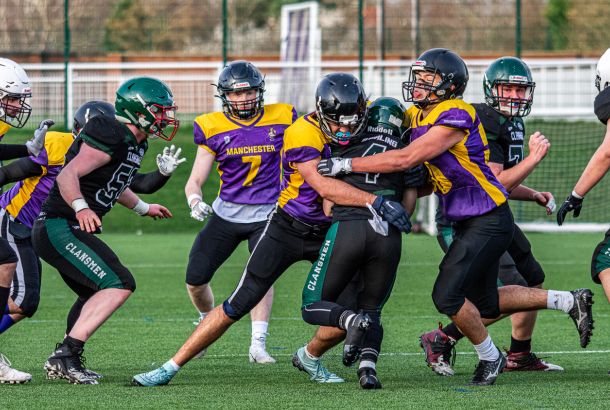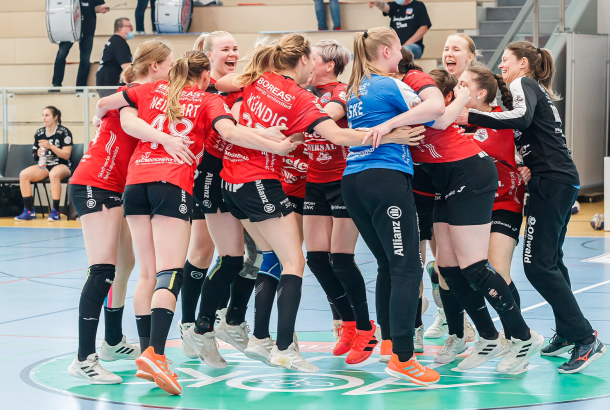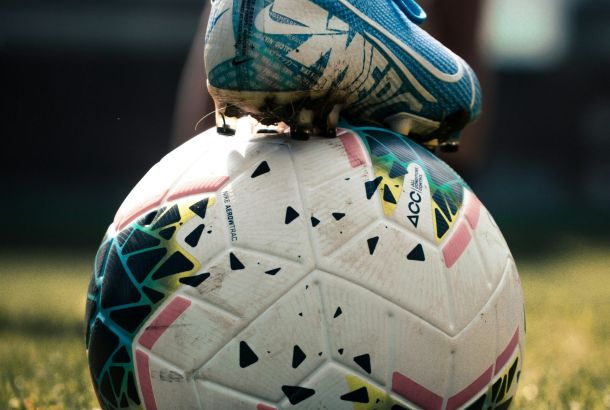Why do former private school pupils dominate university sports?
By Isla Moore

When I started my first term at university, I went to the sports fair in the Armitage Centre, speaking to all my new friends about what sports they were going to play. Yet, it wasn’t long at all before I tripped over an invisible line in the Fallowfield sand.
A flatmate confided that since coming to university, she has spoken about money with friends more than ever before. I realised I have too, and it’s a tension that manifests itself clearly within sport and exercise. As a girl from a state school in central London, the world of sports at school and university has always seemed a divided and stiff one ruled by private schools in which there wasn’t a space for me. I wanted to find out whether this was fact, or my own insular, chip-on-my-shoulder fiction.
A lot of people play sports at this university and really enjoy it. However, I struggled to find many girls who were involved in sports, or on sports teams. The ones I could find had almost exclusively attended private schools.
It seemed overwhelmingly clear to me that there were far fewer options for girls from state schools or low-income families, as they hadn’t had access to sport their whole lives.
In contrast, I found that the majority of boys I spoke to were involved in university sports, regardless of their upbringing and the school they went to, with almost every boy playing football informally. This doesn’t feel surprising, considering that football is universally the everyman’s sport. ‘Everyman’ specifically rather than every person; studies have shown that the number of girls playing football after primary school in the UK is less than half the number of boys.

Photo: Jaggery @ Wikimedia Commons
It is an undeniable factor that one of the main deciders of who we are when we first get to university is the school we went to. There are some vast differences between state school and private school sports, including ones I didn’t previously consider. I spoke to some fellow students about their experiences of sports, both curricular and extra-curricular, in private schools and state schools.
The private school students told me they played at least six hours of compulsory sport a week almost every day, including team sports they had signed up for. Still, I was somewhat shocked. In my state school, compulsory P.E. was generally capped at two hours a week, delivered in big groups, and extracurricular team sports took place once a week for an hour after school. Admittedly, I was reminded when speaking to a friend from a state school in the countryside that my own experience had been limited as the result of attending school right in the centre of London, where real estate does not favour sports facilities in modern state schools. State schools further out of cities inevitably benefit from more green space.
At the same time, my 15-year-old self felt undeniably cheated when leaving her gravel-only, no-field playground after school to walk past the sports centre of the private school next door, catching a glimpse of the inside of an immense building with large pitches and facilities (not to forget matching P.E. kits – the thing I was most jealous of).
In a way, none of this is surprising – everyone knows that private schools have significantly larger budgets than state schools. It is the whole premise on which they exist: parents are paying more so that their children receive the best education possible. Arguably, you get what you pay for.
However, the stark contrast in school sports facilities highlights a greater problem with the way the UK deals with sport. Sport is often not as accessible to young people as it should be, and we see discrepancies across the board in almost every sport. For example, gender massively influences football, with the vast majority of British girls not continuing football after primary school. While in swimming, child swimmers are disproportionately white – the Guardian claimed in 2021 that 80% of black children in the UK do not swim.
All of this research led me to one question: Why? The UK’s failure to give each child equal sporting opportunities clearly stems from somewhere, but perhaps it is not merely the responsibility of schools.
Having grown up with a number of friends with very different financial backgrounds, I had an inkling that the varying degrees of sportiness developed in people have a lot to do with schools, but even more to do with parents.
This idea was confirmed in almost every student I spoke to, with those who do the most sport coming from families who are passionate about sports. One student who went to an independent girls’ boarding school even said that her parents always joked that if she didn’t play a team sport at school, they’d send her to “fat camp.” Similarly, another student had been taken by his parents to rugby, cricket, and football clubs from a young age, feeding his love of sports both as a player and a spectator.
One of the main reasons this encouragement is not reflected in low-income families presumably comes down to money, as involvement in extra-curricular sport is not cheap. In addition, ‘time poverty’ – a concept often used to describe the lack of free time available to any parents with children – is especially acute for low-income parents, who typically work longer hours and cannot afford caregiving help from outside the home. This inevitably trickles down to what children spend their time doing, and with less free time, parents are less likely to be able to provide their children with opportunities to engage in sports.
Of course, there are also some amazing youth centres across the UK getting kids into sports. I remember one near me growing up which offered rock climbing, football, and more for 50p per session. It is a real loss that 17% of youth clubs have faced closure post-pandemic, with 88% reporting reduced services.

Photo: YellowFratello @ Wikimedia Commons
It is clear there are some damaging inequalities in the sport we are providing to young people, the two main ones being gender and wealth. But thankfully, it isn’t all bad.
Studies carried out by Sport England show that country-wide, more children are playing sport both inside and outside of school. In addition, there have been encouraging calls for private schools to open up their facilities to local communities, in part because of their charitable status.
We can make sports joyful and uniting. Universities, schools, and parents should all be trying to quietly leave behind elitism before stepping onto the pitch and including everyone in the (many) beautiful games.







